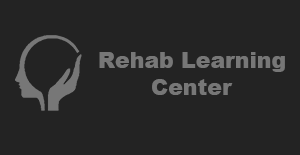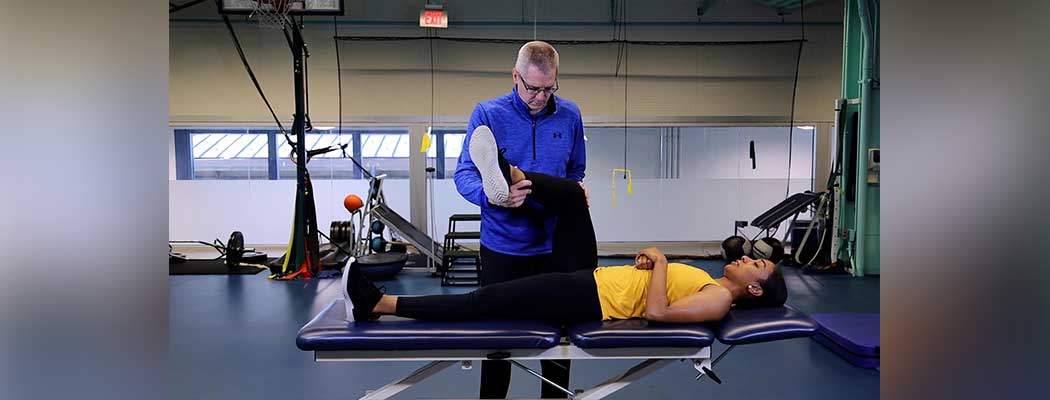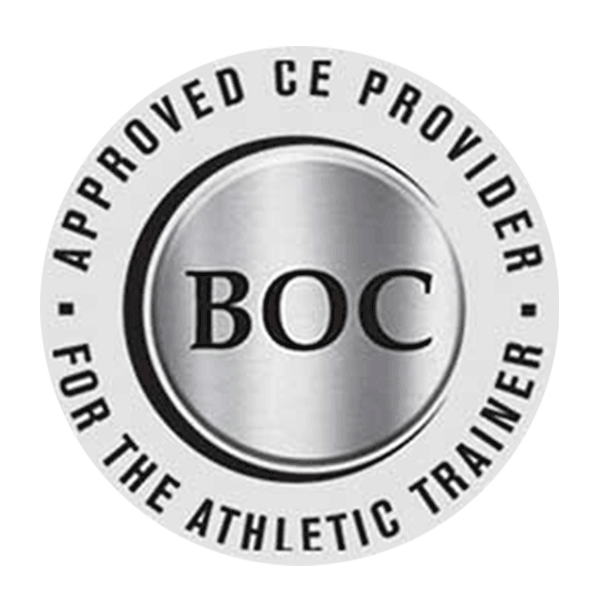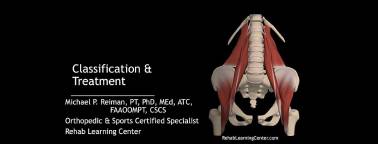Evidence-Based Evaluation, Diagnosis and Post-Arthroscopic and Non-Surgical Rehabilitation of the Hip
Michael Reiman, PT, DPT, PhD, MEd, OCS, SCS, ATC, FAAOMPT, CSCS
Physical Therapy Hip Evaluation & Treatment Online Course – 9.0 hours
Rehab Learning Center presents an online physical therapy hip evaluation and treatment course.
Several recent sources have attempted to define various aspects of groin pain in both athletic and non-athletic populations. The ambiguity relative to hip joint-related pain definition is of increasing concern, with findings suggesting the rising prevalence of this pathology in athletes, as well as an increasing implementation of surgery in athletes and non-athletes despite a lack of clearly defined surgical indications in some hip pathologies.
Imprecise hip joint-related pathology definition and diagnosis have been acknowledged by several sources attempting to address the indistinctness, namely for ligamentum teres tear, labral tear, and femoroacetabular impingement syndrome (FAIS). Proper diagnosis is essential due to the rising prevalence of hip-related pathology in athletes, increasing implementation of surgery in athletes and non-athletes, as well as the suggestion of a pathology continuum risking developing hip OA (soccer, handball, track and field, and hockey).
In this course, you will learn a detailed, systematic, evidence-based examination process to differentially diagnose non-arthritic hip pathology. You will learn evidence-based methods of screening other potential regions of pain generation (e.g., lumbar spine), as well as screening for serious pathology. You will also learn various assessment methods to differentially diagnose intra- from extra-articular pathology, as well as specific pathology differentiation.
In this course, you will also learn about the most common hip arthroscopy surgical procedures and general post-operative considerations. The rehabilitation aspects of this course detail progression principles and monitoring of patient response to an intervention (biologically, psychologically, and socially). Additionally, this course covers multiple primary exercises (e.g., squat, deadlift, lunge, bridges) and progressions/regressions for the pathologies discussed in the examination.
This is the most comprehensive, progressive hip examination and intervention course available, whether it is in-person or online. This course utilizes a great deal of demonstration of the various assessments and movements, including activity and sport-related movements. The clinical utility of these assessments and exercises is also presented in a manner that is easily understood and usable the next day in the clinic.
Dr. Reiman is an international expert and has published extensively on hip examination and intervention. He has been involved in reporting on these interventions, both surgical and non-surgical. He continues to teach, research, and practice clinically.
Thank you for your interest in our Physical Therapy Hip Evaluation and Treatment Course.
Free Course Introduction Video
OBJECTIVES:
- Identify the primary components of the proposed algorithm examination approach.
- Identify ideal characteristics of a screening test to help rule out serious pathology and potential other nociception.
- Identify and describe the best screening tests for the lumbar spine.
- List the defined clinical entities from the various consensus meetings related to hip pathology.
- List the best screening and diagnostic tests for various hip pathologies.
- List the radiographic angle measurements in the hip most commonly utilized to describe and quantify primary hip pathologies.
- Define and/or identify the primary hip conditions as generally defined by the literature.
- Identify the type of activities that provoke symptoms for a person with the various primary pathologies of the hip.
- Differentiate how torsion of the hip joint can affect limitations in range of motion.
- Identify the difference between yellow, blue, and black flags.
- Identify a psycho-social measurement tool utilized for the assessment of yellow flags.
- Identify the primary differences in various hip surgical procedures.
- List the repetition maximum ranges for strength, power, and endurance.
- List the appropriate work-to-rest ratio for each of the energy systems.
- List alternative options for various exercises for individuals with hip-related pain.
- Identify potential components of the “load” that is present in the patient you are treating either non- or post-surgically.
**TPTA has approved this course for 36.0 CCU’s
Course Instructor:
Michael Reiman, PT, DPT, PhD, MEd, OCS, SCS, ATC, FAAOMPT, CSCS
**Lifetime Access**
Start Learning
EnrollHOST THIS COURSE LIVE IN YOUR CLINIC.
Rehab Learning Center for your next Continuing Education Course!
Our philosophy, mission, and purpose at Rehab Learning Center are to educate, empower, motivate, and challenge ourselves and our colleagues to be the best healthcare professionals that we can possibly be.
Therefore, we have dedicated our platform to constant learning and improvement. We believe in the quote by Abigail Adams “Learning is not attained by chance. It must be sought for with ardor and attended to with diligence.”
Join us for an interactive, challenging, and rewarding experience that embodies Benjamin Franklin’s quote, “Tell me and I forget, teach me and I remember. Involve me and I learn.” Our approach is not simply to “teach” you. Rather, we believe in an active learning approach.
Thank you for your interest in the online Physical Therapy Hip Evaluation and Treatment Course offered by Rehab Learning Center.






